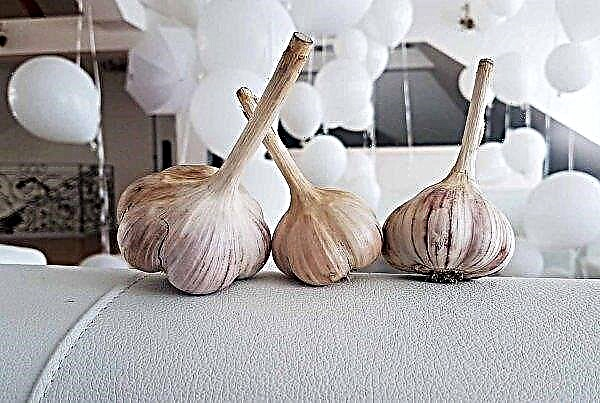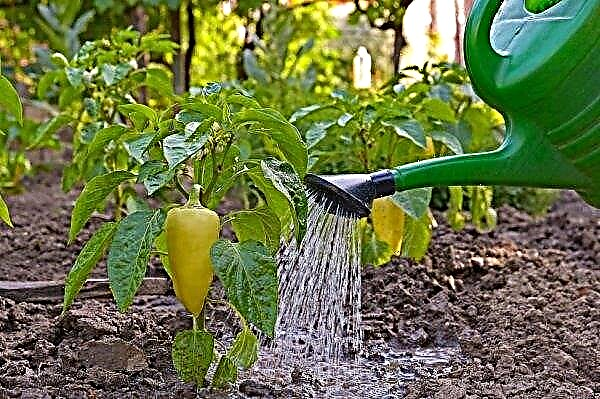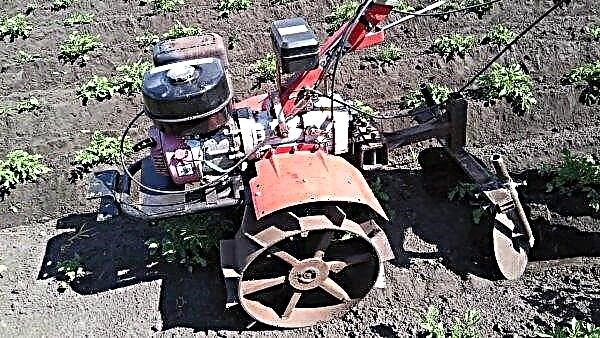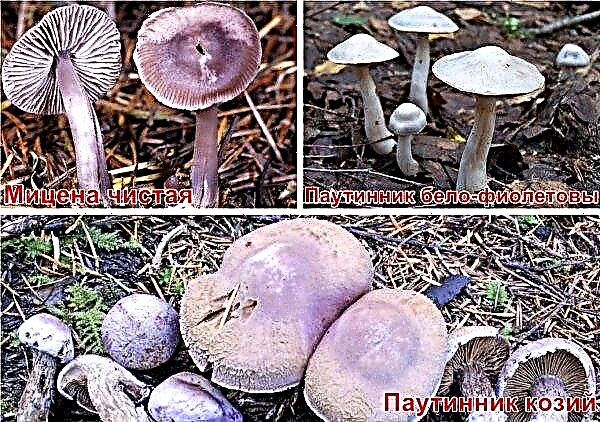If you like tulips and are interested in whether it is possible to grow them from seeds, and how to do it at home, then this article will help you figure it out. It is customary to distribute the representative of the Lileinii genus with bulbs. But in fact, many curious people are interested in conducting an experiment, but information may not be at hand. Read and bookmark this article.
What to do with tulip seeds
The amazing three-beam symmetry of the tulip looks simple and beautiful: two circles with petals (perianth) cover two circles of stamens, and in the very center there is an ovary with a pestle. Perianth is with sharp edges and with smooth rounded, and its color depends on a combination of three components that define a certain shade. As a result of flowering and fertilization, a box-shaped fruit is formed in place of a beautiful flower.
It has three faces, slightly elongated in height. The seeds ripen inside. Their shape is ovoid or in the form of triangular plates. The shell of the embryo is translucent, through it the inner part is visible. At the time of maturation, the box cracks, the seeds fall out and spread with the help of the wind. To germinate, they need to survive the cold winter. In warm and mild winter weather, germination is delayed until next year.

Now you know the story of the propagation of the flower and in your hands - yourself to plant tulips for seedlings at home. If there is no garden or summer cottage, you can simply plant flowers on the balcony, thereby decorating its appearance.
Did you know? In the XVII century in Europe there was a time of tulip mania: then these flowers were the most expensive.
To succeed and “outsmart” nature (in which a tulip can only bloom for season 10), follow the rules:
- choose the ripenest seeds (reddish);
- prepare wooden crates;
- prepare suitable soil (see below).
When to sow tulip seeds
If you have collected box fruits and store them in a dry place, then leave it until the fall. Then choose only the ripe and the most dried out: reddish with a transparent wall. Take your time to land. If the tulip bloom was early, you can sow the seeds early, but it is best to wait for the right time - October – November.

If sowing sprouts, then they will appear in the spring. Within the first two or three years, only one leaflet will appear in one season. In the third year, a flower bulb begins to form. Children are seated. At 5-8 year, a flower appears.
Important! Choose tulips that are beautiful, strong and large when flowering. Seeds will have the same characteristics.
How to grow tulips from seeds at home for seedlings
So, the seeds are collected and dried. Now it is important to prepare or purchase soil in a specialized store. Then sow tulips and wait for the pores of seedlings, and then - look after the sprouts.

But first, note that there is a method of germination in the refrigerator, for which you need filter paper (semi-permeable material for laboratory research, can be ordered on the Internet). Moisten the paper, put it on a saucer, spread the planting material on top. The temperature in the refrigerator should be from + 5 ° C. Germination time on average takes three months.
Did you know? Everyone knows the flowers of tulips growing on one stem. But there are also varieties with 4 flowers per stem.
Seed treatment before planting
There is no need to process seeds, the main thing is to reject bad ones. Take a closer look: if you see damage, holes, stains (which may indicate the presence of rot), then feel free to discard this material. The most ideal way to dry and store before planting is direct savings in a box (the fruit of a tulip). From it you will get the seeds, sort the most ripe and suitable.

Soil preparation
You can plant tulips:
- at home;
- open ground;
- in the greenhouses.
For sowing at home, select the appropriate container. It can be:
- flower pots;
- garden crates;
- pallets on coasters.
Now you should take care of the quality and type of soil. Loamy soil is considered optimal for sowing. But the main thing is the softness and friability of the earth.

You can buy finished soil in stores or make it yourself, for which you should mix in equal parts:
- peat;
- coarse sand;
- compost.
Planting and watering
In the soil, you need to make holes between which a distance of 10 cm is observed. The seed should be planted one in each hole to a depth of 2-3 cm, sprinkle the hole with the same composition of the earth and water. Watering should be constant, regular. It is recommended to perform small-drop irrigation of the soil (with a spray) once a week.
A useful measure would be to cover the soil with plastic film, which must first be perforated. It is important to observe the temperature regime: try to keep the mark of + 15 ° C and no more. Some gardeners recommend heat +10 degrees higher, but this is somewhat contrary to the natural, habitual development of the seed. And when the seedlings appear, carefully increase the temperature, put on the windowsill, only so as to protect the shoots from the dry heat of central heating.

Bulb formation and further cultivation
As the small tulip grows, you can observe the whole process of its development:
- the appearance in spring of the first sprout;
- a tulip leaf grows in the second year;
- the bulb primordium is formed - but it should not be touched until the third year;
- then you can remove, dry and prepare for planting the bulb;
- at the end of the fifth year, it’s time for planting in the open ground.
Important! Be sure to make a drainage system at the bottom of the pot or drawer.
After 2-3 years, the bulbs formed and now you need to transplant them to safe places, excluding frost. Then children are formed. They need to be separated from the mother's bulb and transplanted already, as is customary when reproducing tulips in the usual way.
You can dig out the first onion that has appeared in the spring and postpone it until the autumn transplant. When it comes time to plant the bulb, you will need to water and lightly fertilize the soil - at this time, rooting occurs. Further development already refers to the rules for caring for the bulbous method of growing tulips.

Not only can you get the unique colors of tulip petals and their sizes by growing from seeds. This method makes the flower stronger, more resistant to weather changes. And if your experiment is successful, you can consider yourself a breeder and discoverer - your flower has individual characteristics. You will be able to achieve the emergence of a new variety, so all your zeal will be justified. Good luck in your endeavors!












